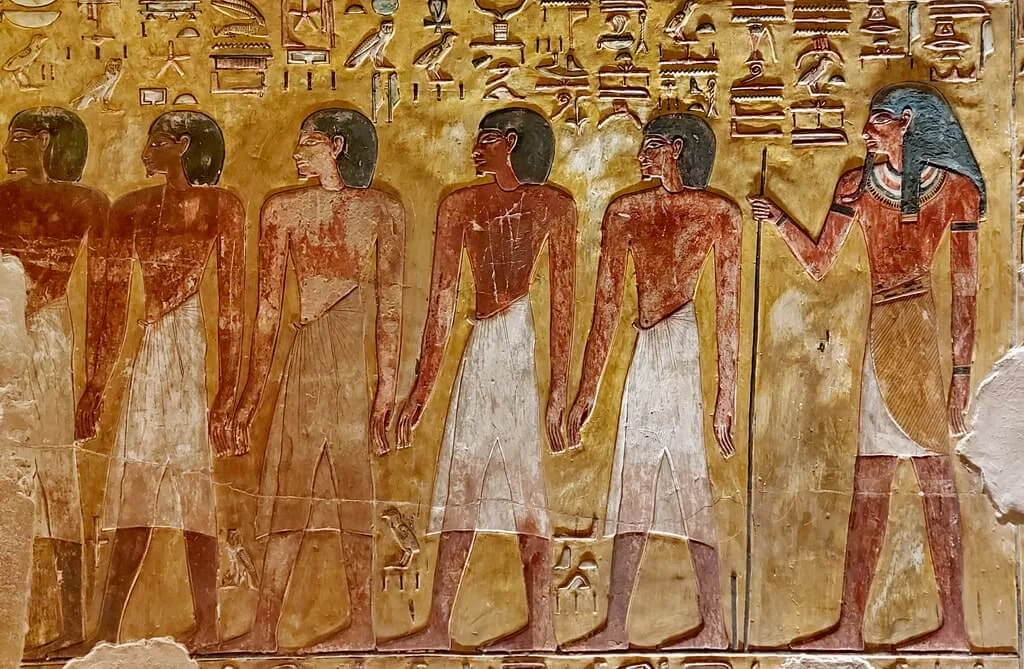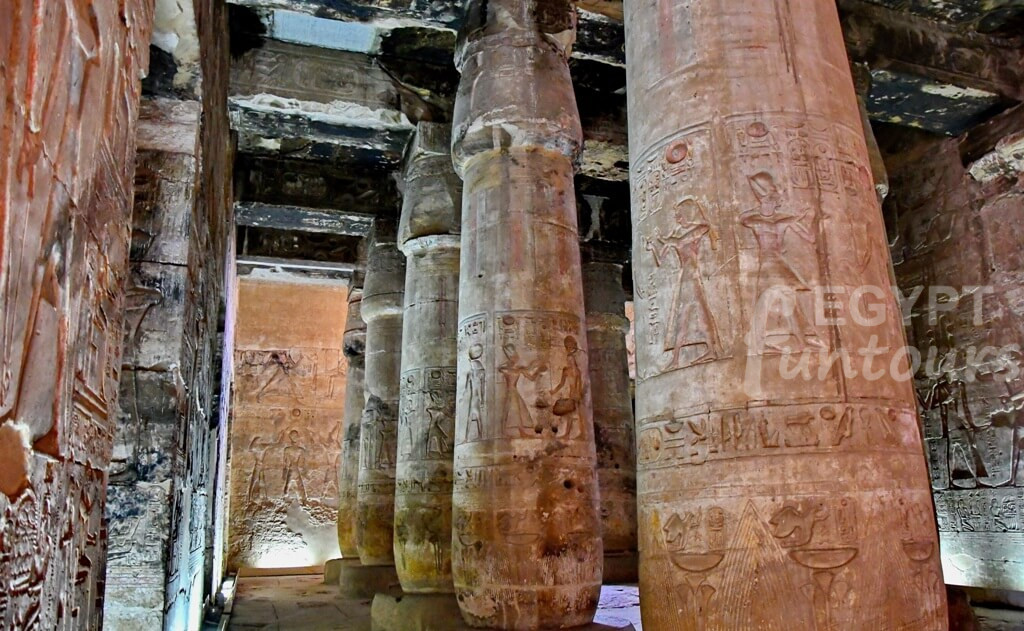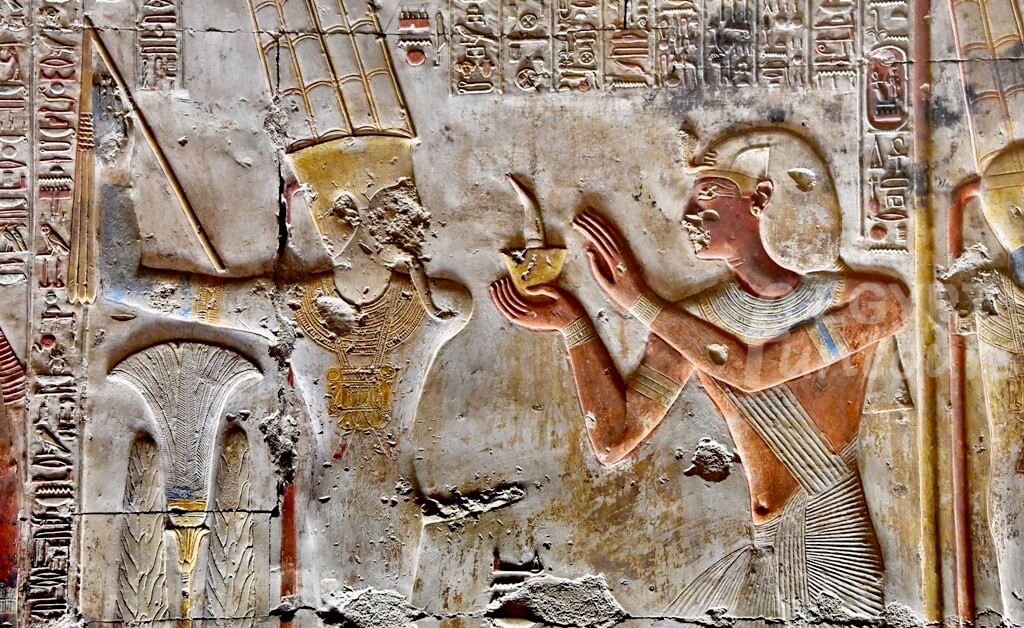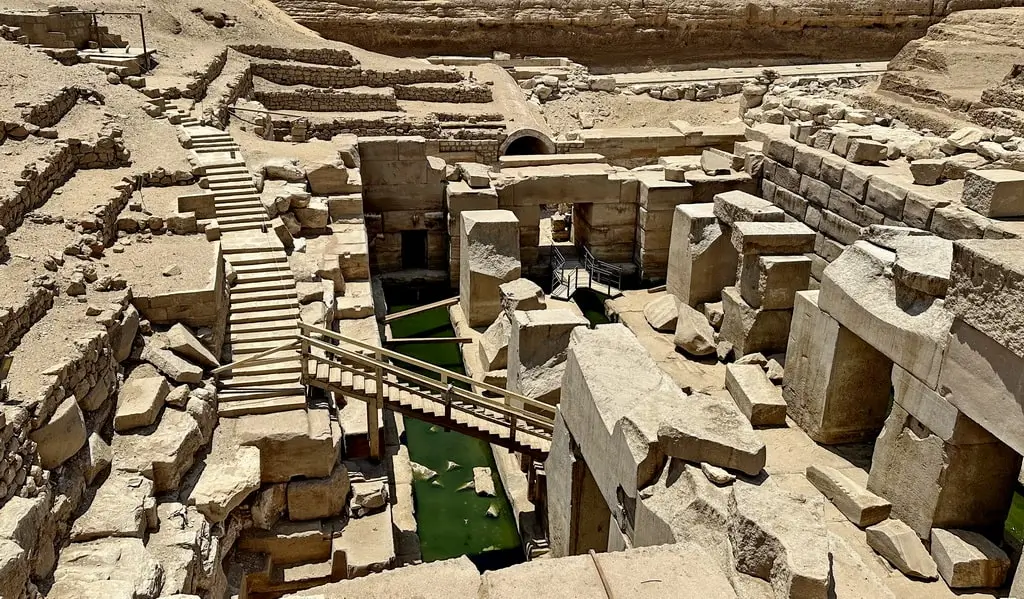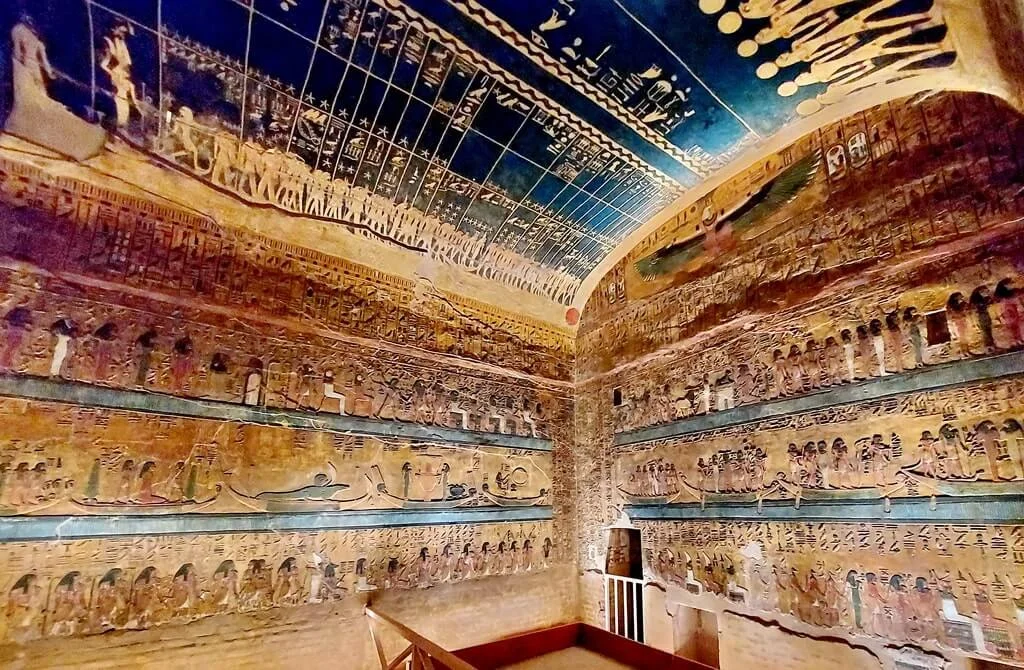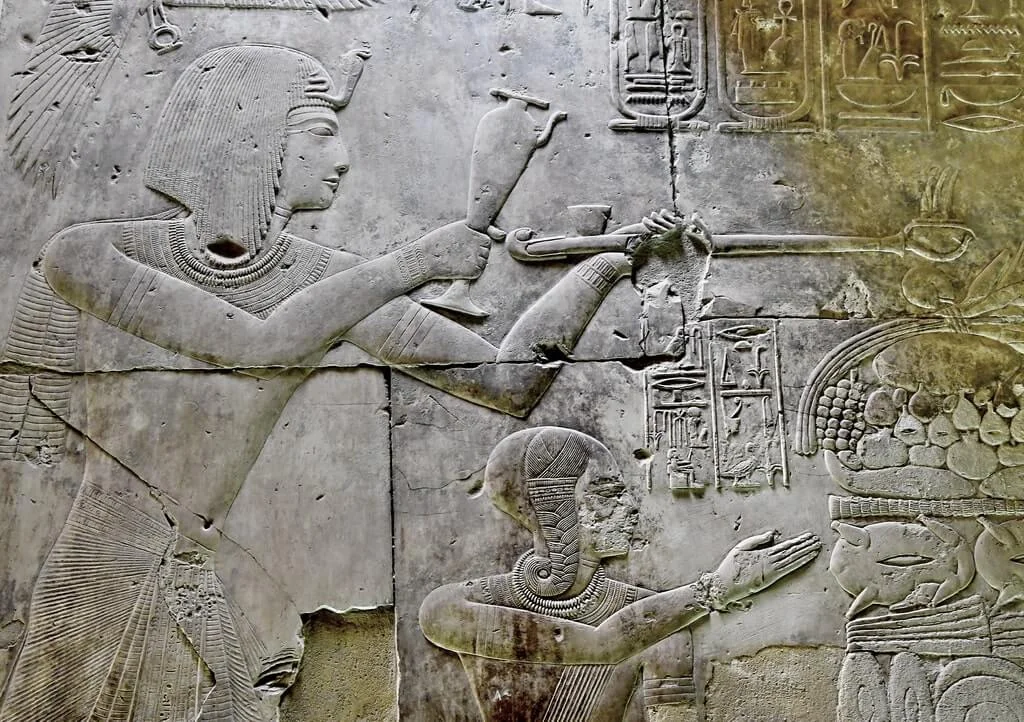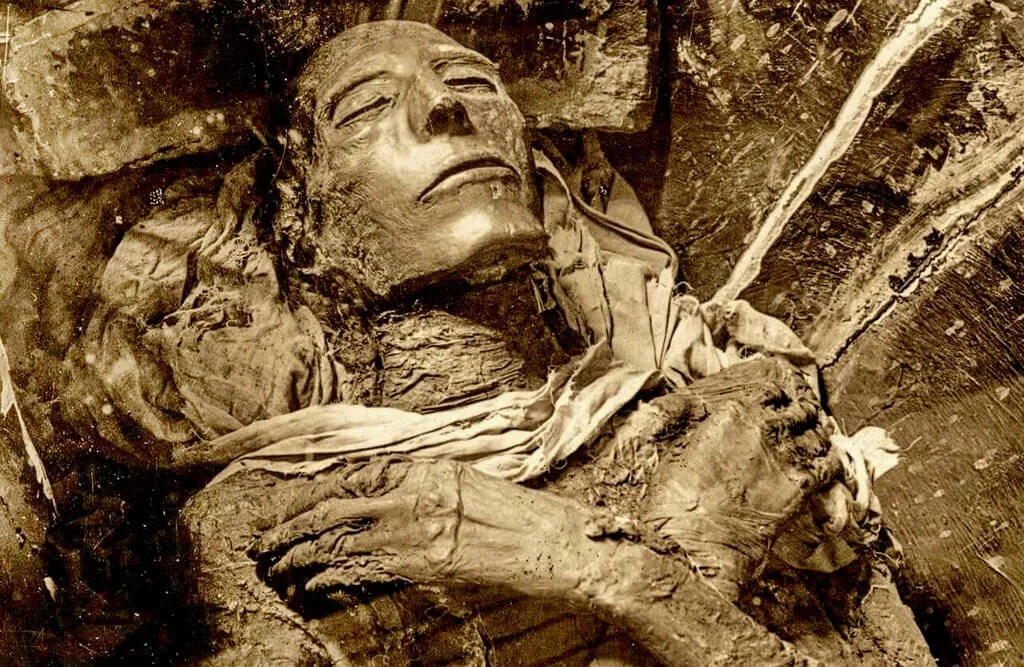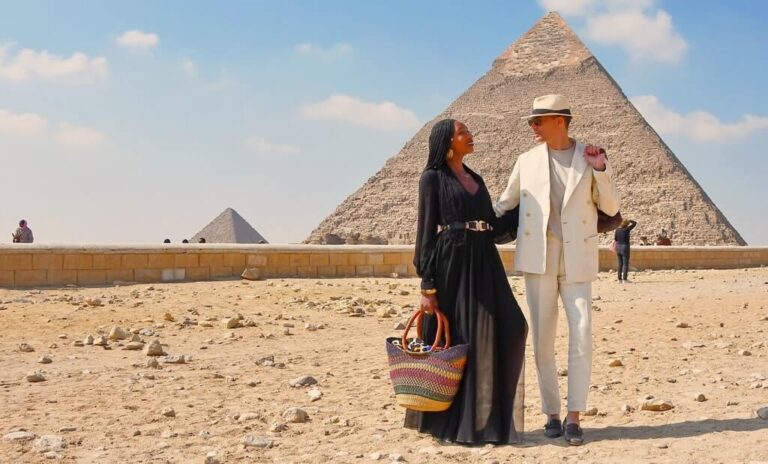Most people know the son. Few people know the father. The son, Ramesses II, is famous for building big. He covered Egypt in massive statues and colossal temples. The father, King Seti I, was different. He built beautiful.
Ruling from approximately 1290 to 1279 BC, Seti I faced a nearly impossible task. He came to the throne after the disastrous “Amarna Period,” a time when the heretic king Akhenaten had neglected the empire and banned the old gods. Egypt was weak, bankrupt, and losing territory.
Seti I fixed it. He was a warrior who marched into battle to reclaim Egypt’s borders. He was a devout religious restorer who reopened the temples. And perhaps most importantly, he was a patron of the arts.
- The Art: His temple at Abydos contains the finest “raised relief” carvings ever produced.
- The Tomb: His burial place (KV17) is so colorful and detailed that it is often called the finest tomb in the Valley of the Kings.
- The Mummy: When you look at his preserved face in the museum, he looks like he is merely sleeping. He has the most serene and well-preserved face of any Pharaoh.
In this guide, we will explore the life of the “Restorer King.” We will look at his military campaigns, decipher the famous Abydos King List, and take a deep dive into the most spectacular tomb ever found.


